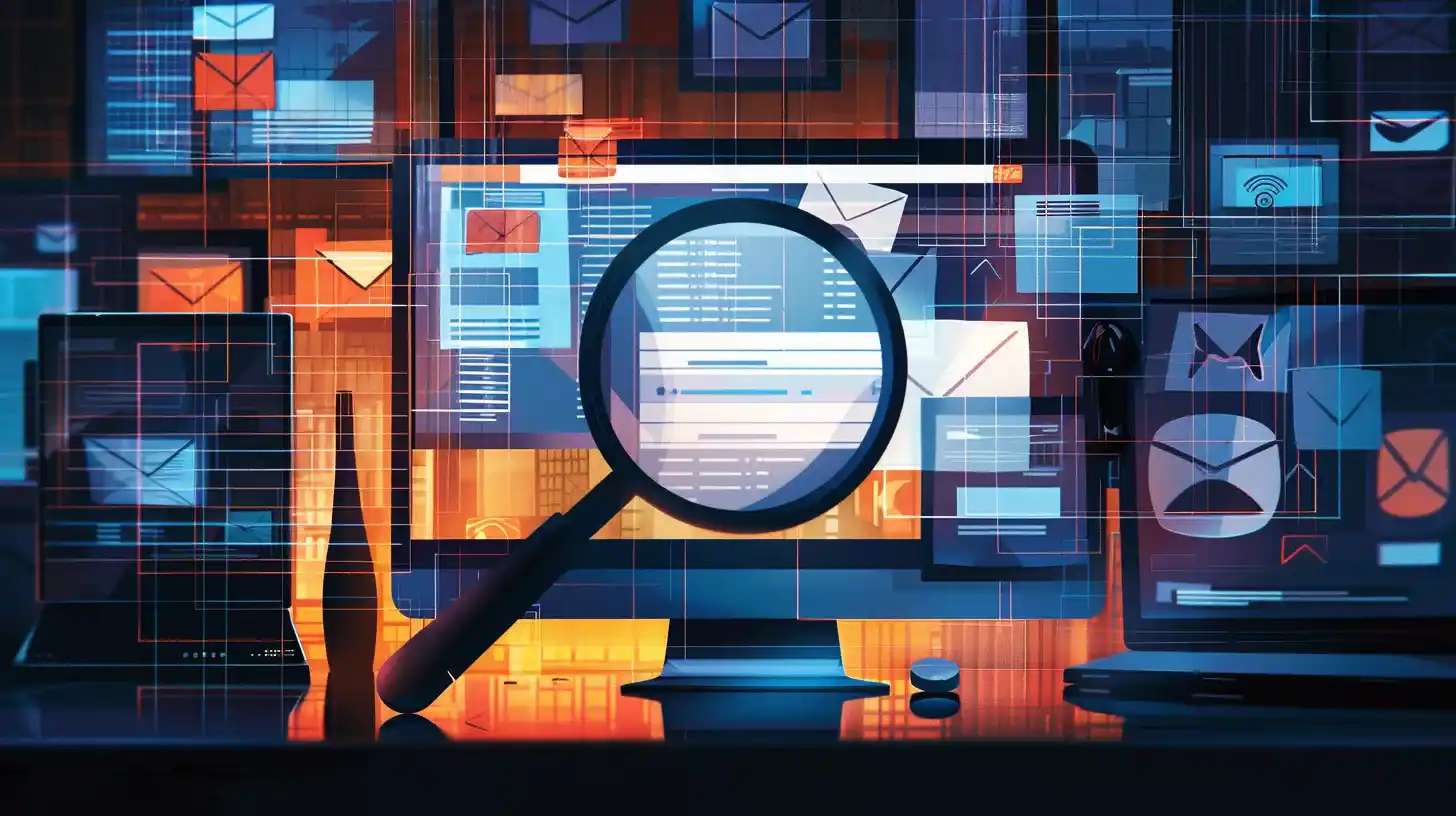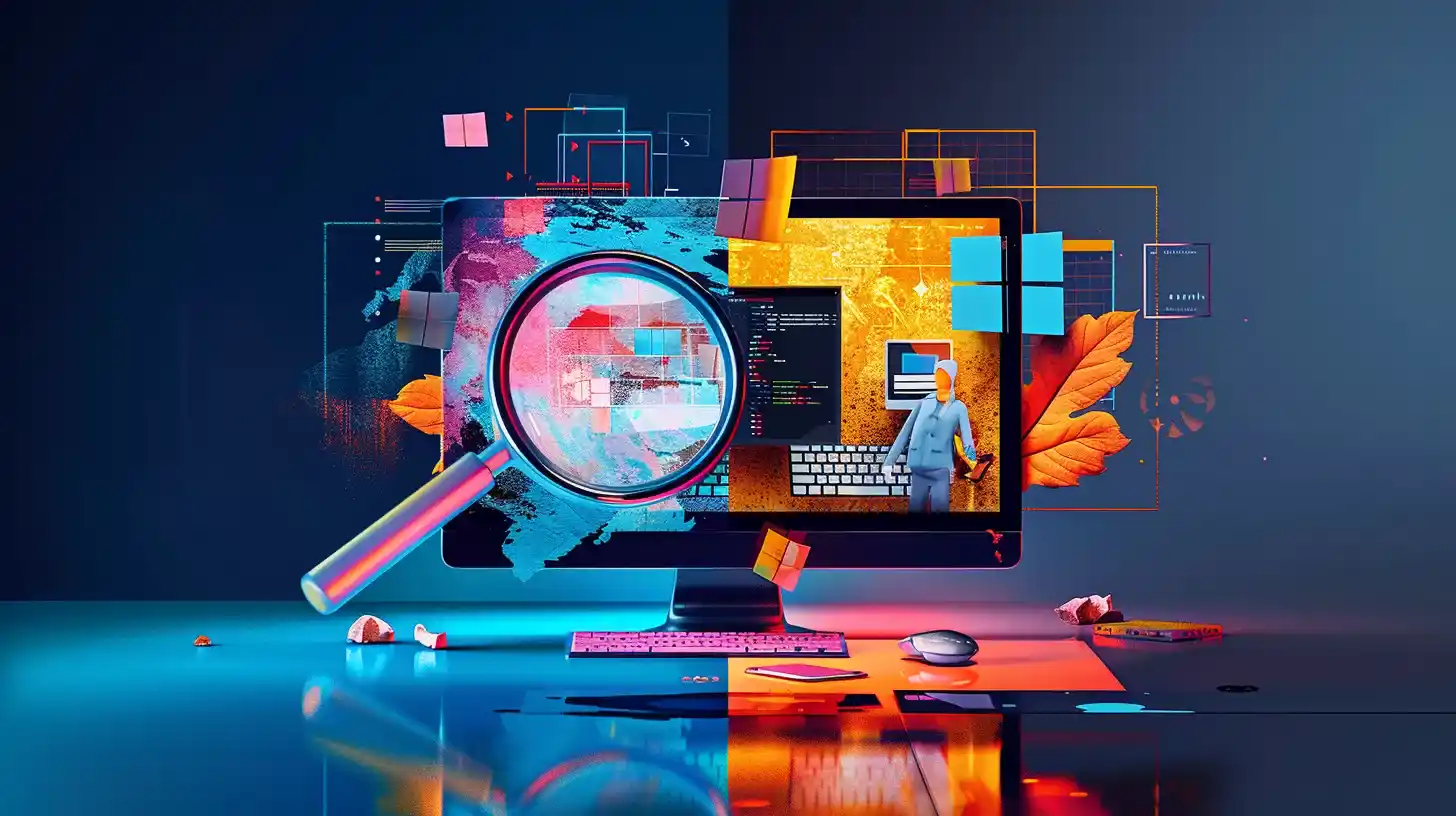Table of Contents
Windows Recall AI: Imagine a feature that remembers everything you do on your computer, from websites you visit to messages you send. Sounds like a helpful tool for finding that lost recipe or important email, right? Well, Microsoft‘s new Windows Recall promises just that. But hold on a sec, because security experts are raising some major red flags. Buckle up, because we’re diving into the world of Windows Recall and uncovering some shocking flaws that might make you think twice about using it.
A Feature with a Dark Side Windows Recall AI
Windows Recall AI sounds pretty cool on the surface. It continuously takes screenshots of your screen, allowing you to search for past activities using natural language. Need that recipe you saw last week but can’t remember the website? Recall might be able to help. However, the way Recall stores this information is raising serious security concerns.
The Naked Truth: Unencrypted Data Exposed
The biggest worry? The data Recall collects isn’t encrypted! This means those screenshots containing everything on your screen, including potentially sensitive information like passwords and emails, are sitting there like an open book for anyone who knows how to look. Here’s where things get spooky. Security researchers have developed tools that can easily extract this information from your device. Hackers with malicious intent could potentially steal your personal data with ease.

“Total Recall”: A Tool that Exposes the Risk
Alex Hagenah, a cybersecurity expert, created a tool called “TotalRecall” that demonstrates just how vulnerable this data is. TotalRecall can automatically grab everything Recall has stored on your computer. This includes screenshots of your entire desktop, emails, messages, and browsing history – yikes!
The BYOD Dilemma and Domestic Abuse Concerns
Think the risk is limited to hackers? Not quite. With “bring your own device” (BYOD) policies becoming increasingly common, disgruntled employees could potentially walk away with a treasure trove of company data stored on their laptops thanks to Recall. Even more concerning is the potential for domestic abusers to misuse Recall by gaining access to a victim’s device and exploiting the stored information.
Microsoft’s Response: Taking it With a Grain of Salt
Microsoft claims Recall doesn’t send your data to their servers and offers options to disable or manage screenshots. While that’s good to know, it doesn’t address the core security issue of unencrypted data. The Information Commissioner’s Office (ICO) is even requesting more details from Microsoft about Recall’s privacy practices.
Taking Control: What You Can Do In Windows Recall AI
For now, you can choose to disable Recall entirely, pause it temporarily, or filter which applications it captures screenshots of. But remember, this situation is still developing. Staying informed about updates and security patches for Recall is crucial.
Friend or Foe? The Verdict is Still Out
Windows Recall presents a double-edged sword. While its functionality might be appealing, the security flaws and potential privacy violations are undeniable. Should you be worried? That’s entirely up to you. But one thing’s for sure: Windows Recall AI needs a serious security overhaul before it becomes a friend you can trust.

The Future of Windows Recall AI: A Patch or a Recall?
So, what’s next for Windows Recall? Here are a couple of possibilities:
- The Patch Route: Ideally, Microsoft will address these security concerns head-on. This could involve implementing robust encryption for the captured data, potentially offering tiered access levels for specific applications, and adding features that automatically scrub sensitive information before screenshots are stored.
- The Recall Route: In a more drastic scenario, Microsoft might decide to pull the plug on Recall altogether. This wouldn’t be the first time a tech giant had to scrap a feature due to unforeseen issues. While it would be a setback for Microsoft’s innovation, it would prioritize user safety and rebuild trust.
What Can We Learn from This?
The story of Windows Recall serves as a cautionary tale. It highlights the importance of prioritizing security during the development of new features. Here are some key takeaways:
- Security Shouldn’t Be an Afterthought: Security needs to be integrated from the get-go, not bolted on as an afterthought.
- Transparency is Key: Tech companies should be transparent about how user data is collected, stored, and used.
- User Choice Matters: Users should have clear and easy-to-understand options for controlling their privacy settings.
The Bottom Line: Stay Informed, Stay Protected
As the situation with Windows Recall unfolds, it’s crucial to stay informed. Keep an eye on tech news websites and official Microsoft updates to see how they address these security concerns. Remember, even if you choose to use Recall for now, it’s wise to exercise caution and be mindful of the information you display on your screen. After all, an ounce of prevention is worth a pound of cure, especially when it comes to your digital privacy.





